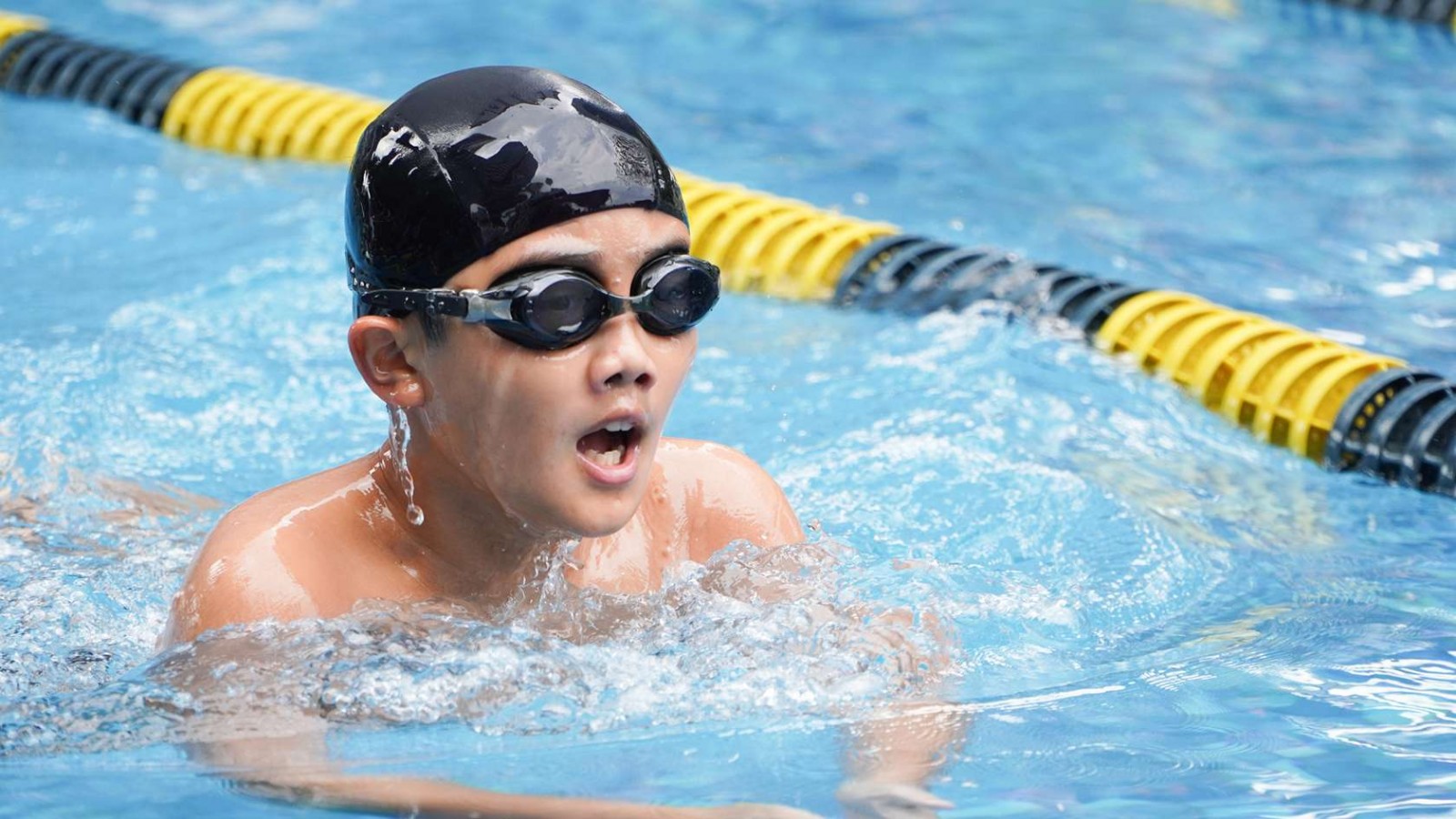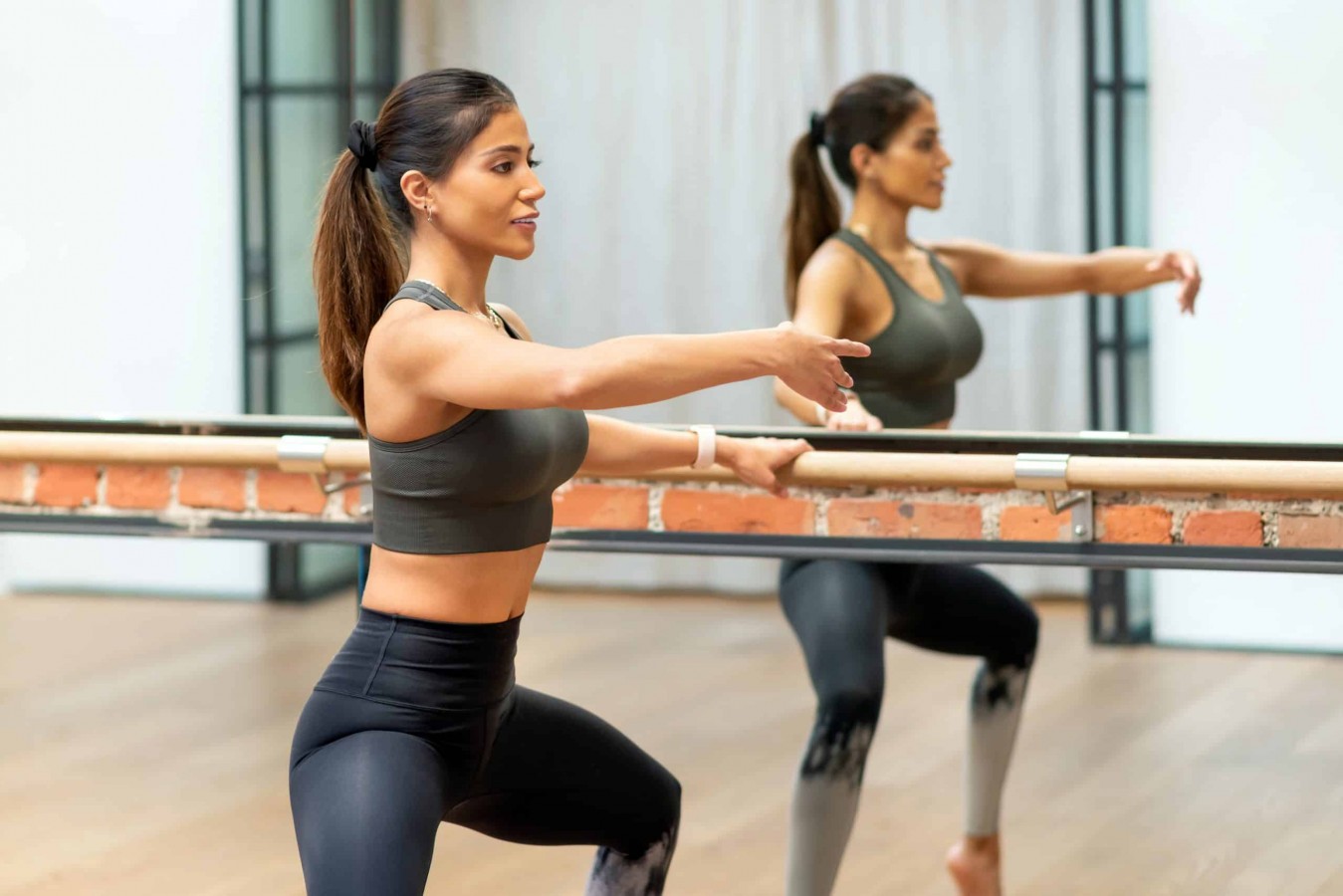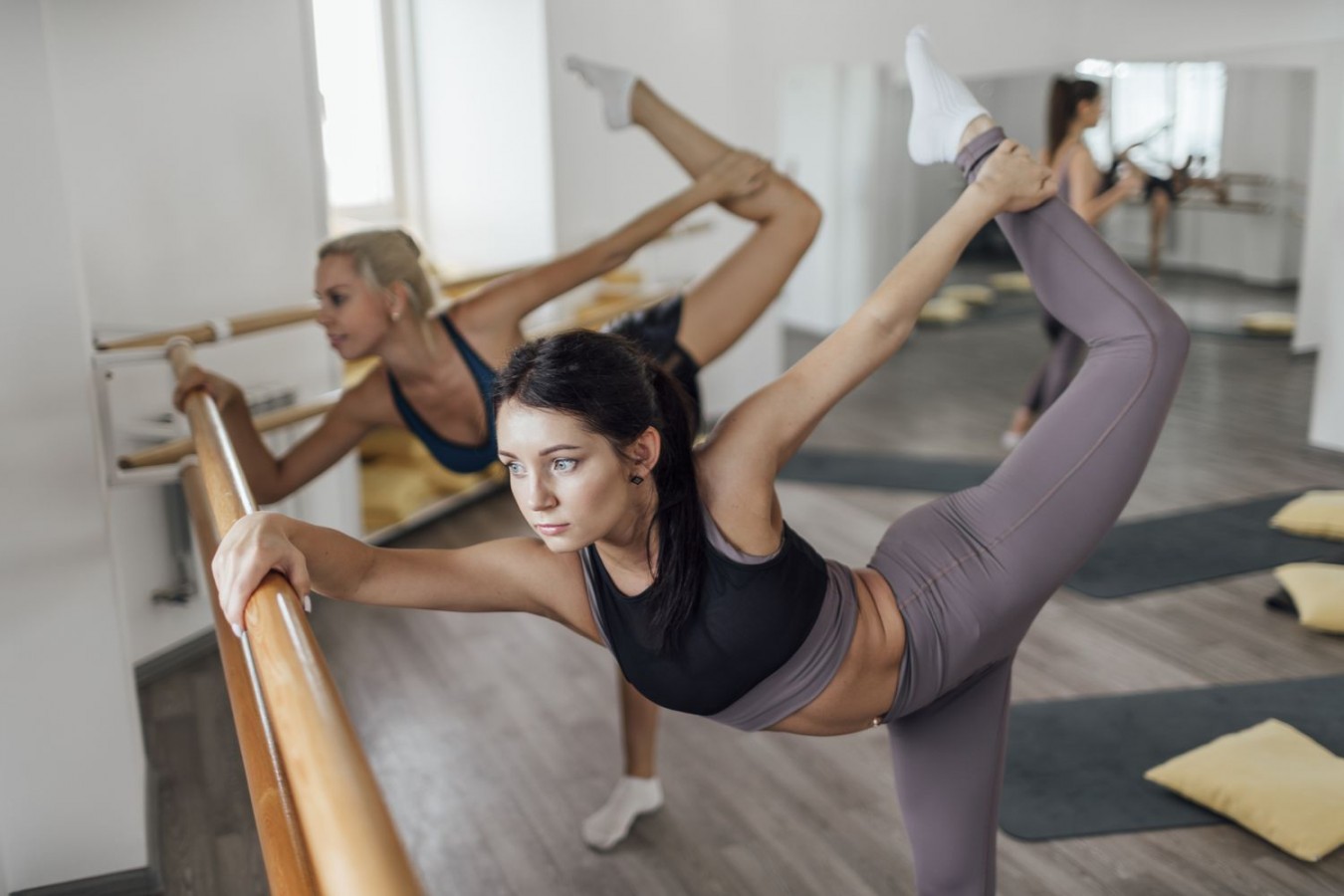How To Learn Freestyle Swimming Technique For Beginners

Freestyle swimming is one of the most popular and efficient swimming strokes. While freestyle swimming may initially pose challenges for beginners, including children, with consistent practice, patience, and proper instruction, it can become an achievable and enjoyable skill to learn.
In this guide, we'll break down the basics of freestyle swimming technique for beginners, provide step-by-step instructions, and offer tips on how to increase your skills.
How Freestyle Affects Your Body
Freestyle swimming is an incredible full-body workout that activates multiple muscle groups, making it an effective way to burn calories and stay in shape.
Your upper body plays a crucial role, with muscles like the pectorals, triceps, and latissimus dorsi (lats) providing strength for your stroke. Meanwhile, your deltoids, rhomboids, and trapezius help stabilize your shoulders and support arm movement. Your core muscles, including the obliques and abdominals, work hard to maintain body alignment and balance in the water. And don’t forget your legs! Your quadriceps, hamstrings, and glutes power your kick, helping you glide forward efficiently.
Since freestyle engages so many muscles, it also burns a significant number of calories. For instance, a 150-pound swimmer can burn approximately 529 calories per hour, though this number varies based on intensity and technique.
While freestyle is generally low-impact, improper technique or overuse can lead to injuries, especially in the shoulders, due to the repetitive nature of strokes. Neck strain from breathing rotations and lower body issues like hip flexor or knee discomfort can also occur. However, the risk of injury is lower compared to high-impact sports, and maintaining good technique can further minimize any potential strain.
How To Learn Freestyle Swimming Technique
Learning the freestyle swimming technique is not that simple. But with the right guidance and practice, you can actually develop the confidence and proficiency to glide effortlessly through the water like a seasoned swimmer.
Here we'll break down the step-by-step process of learning the freestyle swimming technique you should know:
A. Head Position
If you’re just starting to learn freestyle swimming, one of the most important things to focus on is your head position. Many beginners make the mistake of either lifting their head too high or sinking it too low, which can throw off their balance and make swimming harder.
Keep your head in a neutral position, with your eyes looking slightly ahead and down. Looking too far forward will make your legs sink, slowing you down. Looking straight down can make breathing difficult.
A common beginner mistake is lifting the head too high to breathe. This causes your hips and legs to drop, making swimming inefficient. Instead, rotate your head slightly to the side while keeping one eye in the water and the other just above the surface. This allows for easier, more natural breathing.
Tips for Practicing Head Position:
- Try floating on your stomach with your face in the water to get comfortable with the feeling.
- Practice kicking while keeping your head still to maintain balance.
- Use a swimming snorkel to focus on head position without worrying about breathing.
B. Body Position
Maintaining a horizontal body position is crucial for minimizing drag and maximizing efficiency in freestyle swimming. Keeping your head aligned with your spine helps streamline your body, reducing resistance as you move through the water.
Engaging your core muscles helps stabilize your body and keeps your hips from dropping, which can slow you down. Here’s how you can do it:
- Begin by standing in the water up to chest level.
- Push off the wall or start from a floating position.
- Keep your body in a horizontal line, parallel to the surface of the water.
- Position your head in line with your spine, looking down towards the bottom of the pool.
- Engage your core muscles to maintain stability and prevent your hips from sinking.
C. Arm Movement

The pulling phase generates the majority of propulsion in freestyle swimming. By sweeping your arm in a fluid motion from extension to recovery, you maximize the surface area of your hand and forearm to push against the water.
The recovery phase allows your arm to rest momentarily before initiating the next stroke. Focus on maintaining a high elbow position during the pull and minimizing resistance by keeping your hand and forearm oriented backward.
Here’s what you can do to exercise your arm movement in freestyle swimming technique:
- Extend one arm forward, reaching towards the front of the pool.
- Rotate your body slightly to the side, with the extended arm slightly wider than shoulder-width apart.
- As you begin the pulling phase, bend your elbow and sweep your hand down and towards your hip in an S-shaped motion.
- Keep your forearm facing backward to maximize propulsion.
- Once your hand reaches your hip, lift it out of the water and extend it forward for the recovery phase.
- Simultaneously, initiate the pulling motion with the opposite arm, maintaining a continuous and fluid movement.
D. Breathing Technique
Proper breathing is essential for sustaining effort and maintaining rhythm in freestyle swimming. Timing your breaths with the rotation of your body helps minimize disruptions to your stroke and allows for efficient exchange of oxygen.
By exhaling steadily while your face is submerged and inhaling quickly during the recovery phase, you can optimize your breathing pattern and conserve energy. Here’s how to do the proper breathing technique for this swimming technique:
- Time your breathing with the rotation of your body during the arm recovery phase.
- As your recovering arm exits the water, rotate your head to the side to inhale.
- Aim to keep one ear in the water and one ear above the waterline.
- Take a quick, efficient breath and return your face to the water before beginning the next arm stroke.
- Exhale slowly and steadily through your nose and mouth while your face is submerged.
E. Flutter Kick
The flutter kick provides stability and propulsion, helping to maintain forward momentum and balance in freestyle swimming. By generating a continuous kicking motion from your hips, you engage the large muscles in your legs to drive you through the water.
Keeping your legs relatively straight and your kick compact reduces drag and allows for smoother movement. Coordination with your arm strokes helps maintain rhythm and balance in your stroke. Here’s how to do it:
- Position your legs close together with your toes pointed slightly downward.
- Initiate the kick from your hips, keeping your knees relatively straight but not locked.
- Use a quick and continuous up-and-down motion, with your ankles relaxed and flexible.
- Keep the kick relatively small and compact to minimize drag and maintain forward momentum.
- Coordinate the flutter kick with your arm strokes to maintain balance and streamline.
F. Putting It All Together
Bringing everything together involves achieving propulsion, minimizing resistance, and coordinating movements seamlessly. Ultimately, excelling in freestyle swimming requires a blend of effective arm and leg techniques, maintaining optimal body position, and synchronizing timing.
Since there isn't a single perfect freestyle stroke for everyone, it's essential to explore various approaches and discover the one that suits you best. Throughout this process, concentrate on maximizing pressure during arm movements, minimizing unnecessary spinal motion, and identifying a timing rhythm that feels most comfortable and efficient for you.
Common Freestyle Mistakes & How to Fix Them
Even small mistakes in freestyle can slow you down and make swimming less efficient. Here are some of the most common errors and how to correct them:
1. Poor Body Position
Your body should be aligned in a straight line near the water's surface. Many beginners either lift their head too high (causing the legs to sink) or allow their body to move side to side instead of staying streamlined. The fix? Keep your head in a neutral position, eyes looking slightly forward and down, and focus on moving smoothly through the water.
2. Ineffective Pull Technique
Your arms play a huge role in generating speed, but many swimmers struggle with their pull. The most common mistakes include:
- Using only the hands instead of engaging the forearm for propulsion. To fix this, ensure your elbow stays high, and your entire forearm helps push water backward.
- Pulling side to side instead of directly backward. Your pull should be focused on moving you forward, not wasting energy on unnecessary movements.
- Pulling at a constant speed rather than accelerating. Start slow and gradually increase speed as your hand moves through the water for maximum propulsion.
3. Improper Breathing Technique
Breathing is one of the biggest challenges in freestyle. A common mistake is lifting the head too high to breathe, which causes the hips to drop, increasing resistance. Instead, try this:
- Rotate your head just enough to breathe, keeping one eye in the water and one eye above the surface.
- Exhale underwater, so you only need to inhale when you turn your head.
- Keep your body rotation smooth to avoid unnecessary movements.
By fixing these common mistakes, you’ll swim more efficiently, use less energy, and improve your overall freestyle performance.
Need Help in Swimming?
Mastering freestyle swimming technique opens up a world of possibilities for both fitness and enjoyment in the water. If your children show an interest in swimming, as parents, consider enrolling them in a swimming program at Rockstar Academy.
Their swimming curriculum not only focuses on developing essential skills but also provides opportunities for events and competitions like RockOlympics.
RockOlympics serves as an opportunity for students to show their potential and promote higher standards of achievement and sportsmanship. Additionally, Rockstar Academy also offers a free trial class for those interested, so don't hesitate to contact them and embark on a journey of skill development and fun-filled experiences in the water!
FAQ
How long does it take to learn freestyle swimming?
The time it takes to learn freestyle swimming varies depending on individual factors such as fitness level, coordination, and previous swimming experience. With consistent practice and dedication, most beginners can become proficient within a few weeks to a few months.
Do I need special equipment to learn freestyle swimming?
While not necessary, certain equipment can aid in learning and improving freestyle technique. This includes swim goggles to protect your eyes and provide clear vision underwater, a swim cap to reduce drag, and a kickboard or pull buoy for drills and resistance training.
I feel out of breath when swimming freestyle. What can I do?
Focus on rhythmic breathing and exhale fully underwater to avoid feeling breathless. Practice bilateral breathing (inhaling on both sides) to increase lung capacity and endurance. Gradually increase the distance and intensity of your swims to improve cardiovascular fitness.
How can I prevent shoulder pain while swimming freestyle?
Proper technique and shoulder stability exercises can help prevent shoulder pain and injury. Ensure that your arm enters the water at the correct angle and avoid overreaching. Incorporate shoulder strengthening exercises such as external rotations and lat pulldowns into your dryland routine.



